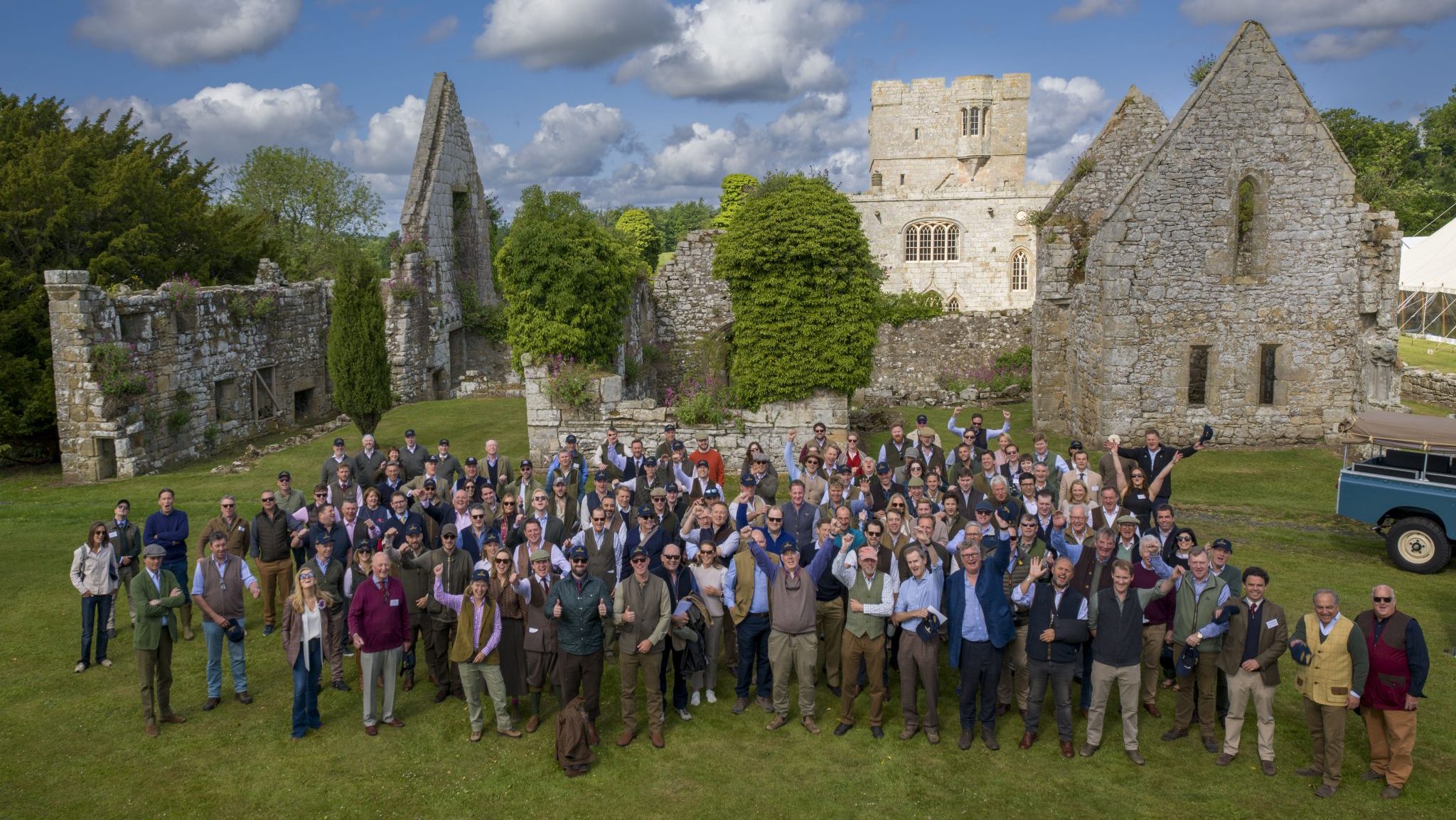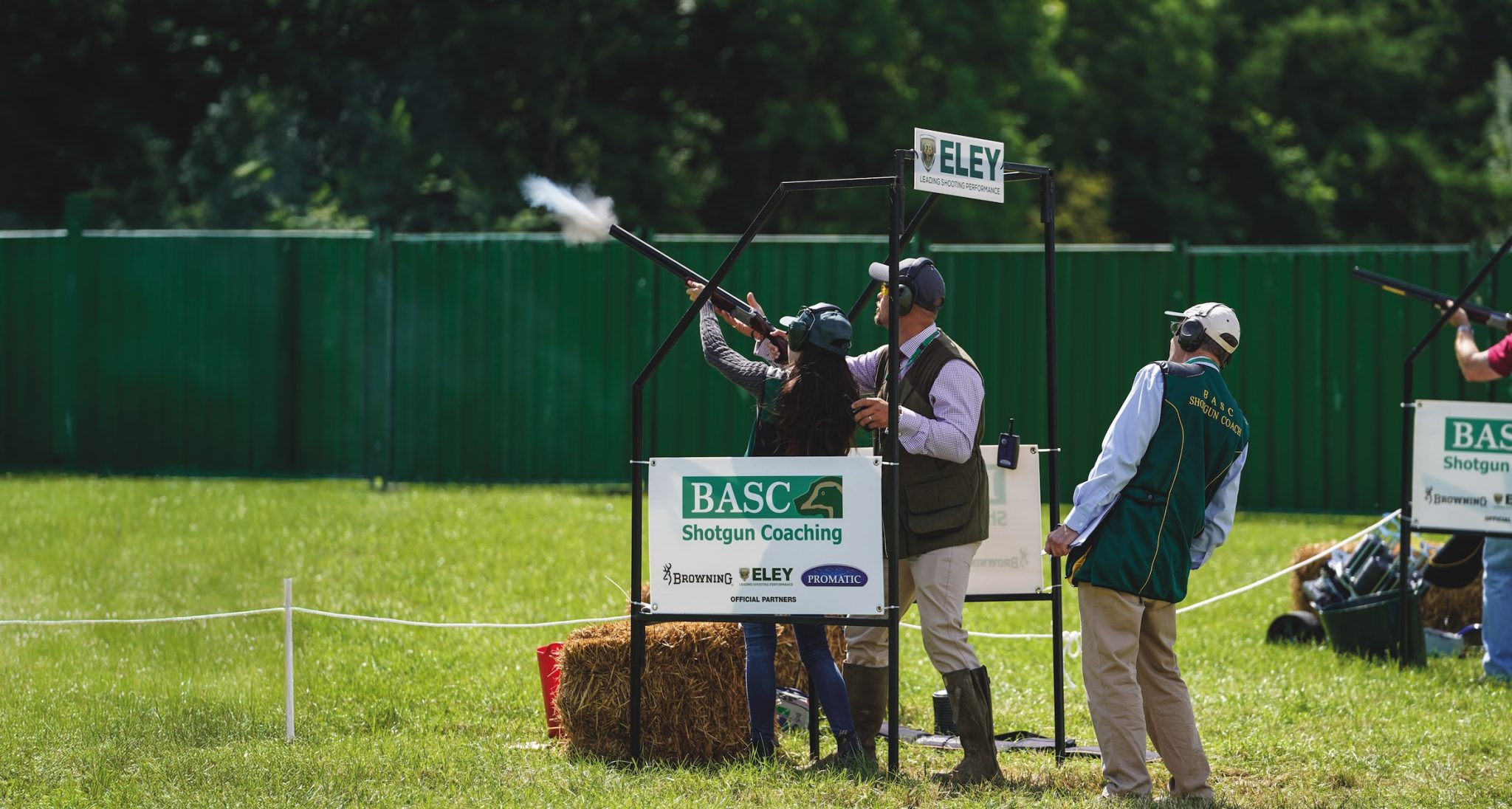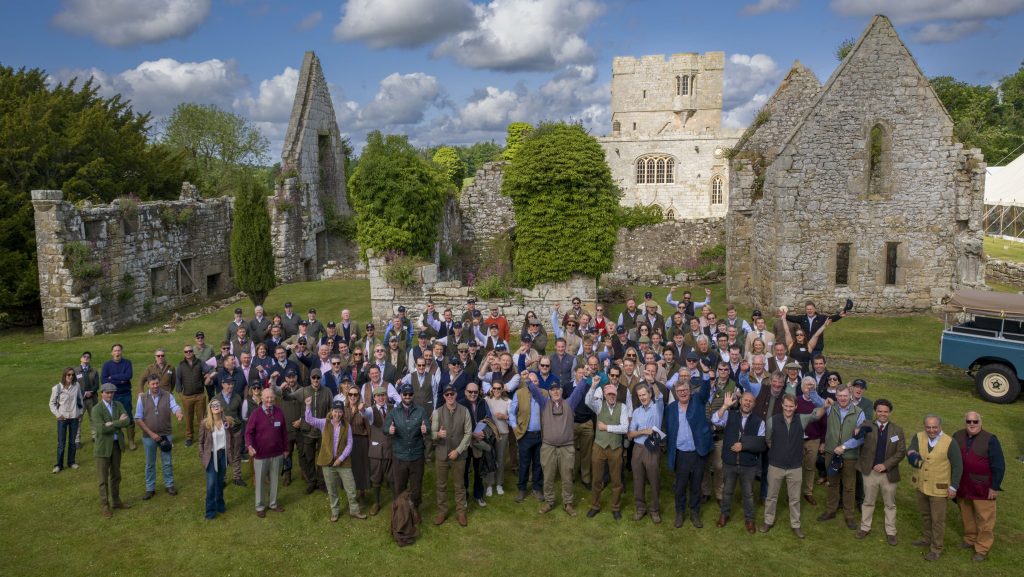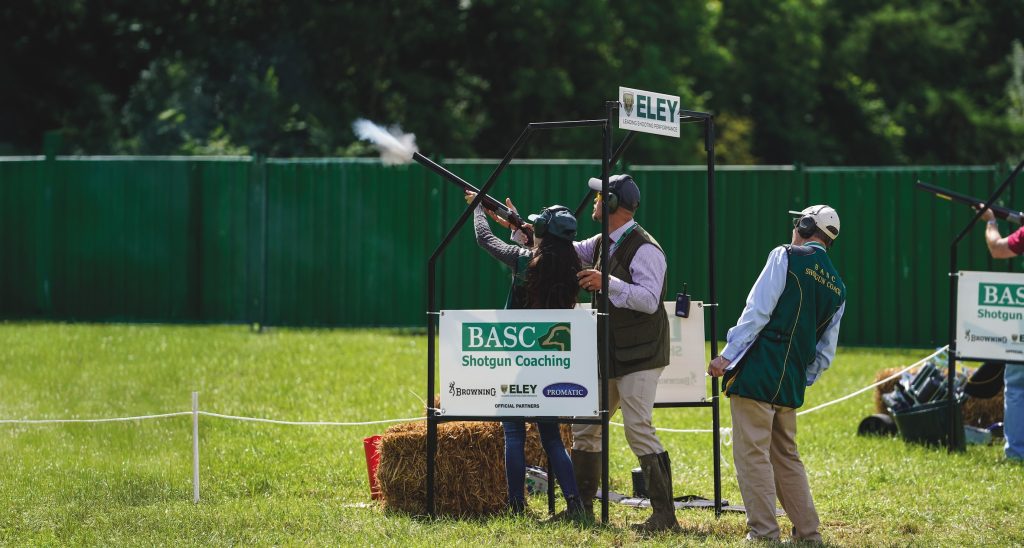News
Calls to ‘lek it be’ to protect capercaillie
Would you like to speak to our readers? We offer sponsored articles and advertising to put you in front of our audience. Find out more.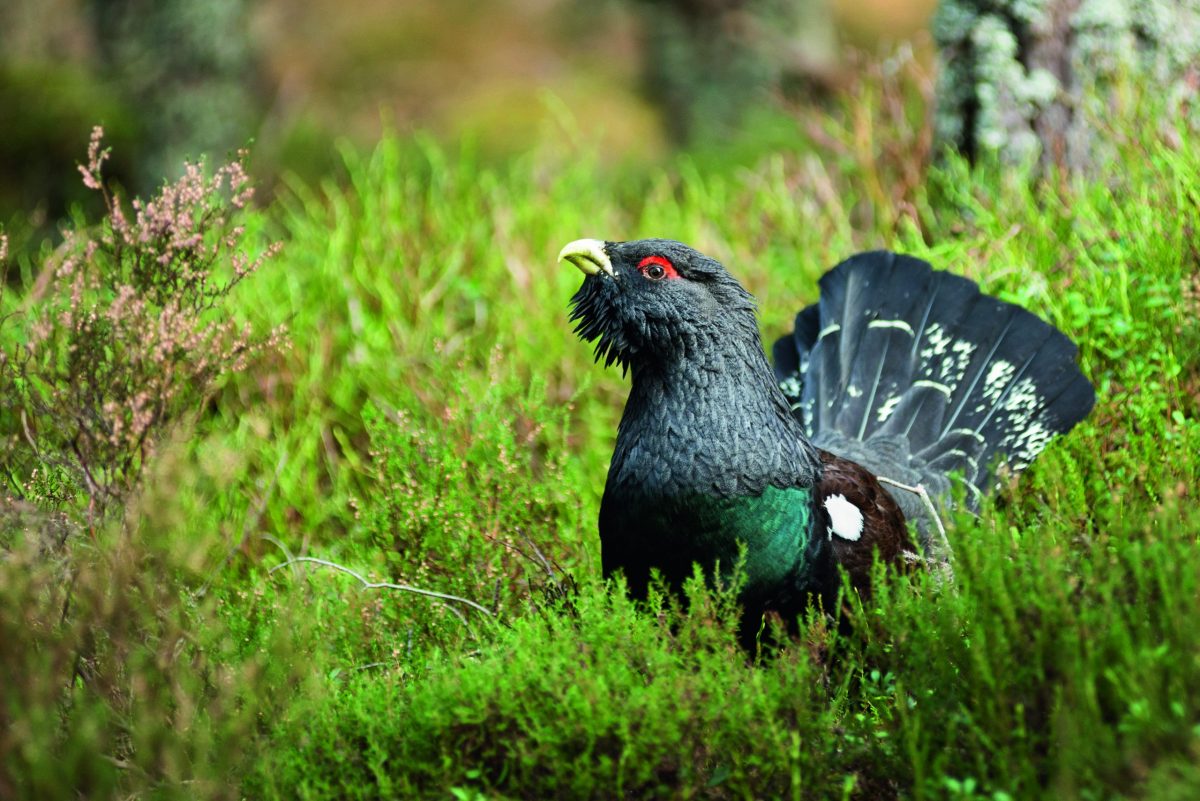
When capercaillie first became extinct in Scotland in the late 1700s, their disappearance was blamed on destruction of the native pine forests and excess hunting. This iconic species — the biggest grouse in the world — was successfully reintroduced to Perthshire in the early 19th century, and by 1900 capers were widespread throughout the Highlands.
Numbers peaked during World War I, reaching around 20,000 birds, and it wasn’t until the 1970s that the first concerns were voiced about falling numbers. Few estates continued to shoot caper, but the bird remained legal quarry until 2001, when it was finally added to Schedule 1 of the Wildlife and Countryside Act 1981. However, such protection did little to help, and the current estimate is that the population is now around 500 birds and still declining.
Rarity makes the capercaillie an alluring target for birdwatchers and photographers, and a major challenge for conservationists now is stopping human disturbance at the leks — last year a group of 17 people were found at one lek, ignoring signage at the site. This spring the Cairngorms Capercaillie Project has focused on preventing similar disturbance under the ‘Lek it Be’ campaign.
The capercaillie’s protected status ensures that wilfully disturbing birds when they are breeding is a criminal offence. Of course, the problem is not just birdwatchers, as hikers, mountain bikers and dog walkers may also be responsible for disturbing the birds, even if unwittingly. Police and wildlife rangers have been conducting dawn patrols around lek sites during April, while also asking the public to report anyone disturbing capercaillie by calling Police Scotland on 101.
Disturbance of rare birds during the breeding season has become an increasing concern in recent years, with many estates restricting access in a bid to protect vulnerable species. In North Norfolk, Holkham Estate insists on dogs being kept on leads on the beach in an attempt to help little terns, oystercatchers and ringed plovers, all of which nest along the shore between Wells and Holkham. The rule was introduced three years ago and, according to Jake Fiennes, director of Holkham National Nature Reserve, breeding success has improved.
Related articles
News
Duke's Challenge raises record-breaking £685,000 for GWCT
The shooting community has backed wildlife conservation in spectacular fashion, raising a record-breaking £685,000 for GWCT
By Time Well Spent
News
‘So what exactly do you lot do, then?’
You’d be surprised how many projects staff and volunteers deliver, as well as BASC’s vital work helping members, says Conor O’Gorman
By Time Well Spent
Manage Consent
To provide the best experiences, we use technologies like cookies to store and/or access device information. Consenting to these technologies will allow us to process data such as browsing behavior or unique IDs on this site. Not consenting or withdrawing consent, may adversely affect certain features and functions.
Functional Always active
The technical storage or access is strictly necessary for the legitimate purpose of enabling the use of a specific service explicitly requested by the subscriber or user, or for the sole purpose of carrying out the transmission of a communication over an electronic communications network.
Preferences
The technical storage or access is necessary for the legitimate purpose of storing preferences that are not requested by the subscriber or user.
Statistics
The technical storage or access that is used exclusively for statistical purposes.
The technical storage or access that is used exclusively for anonymous statistical purposes. Without a subpoena, voluntary compliance on the part of your Internet Service Provider, or additional records from a third party, information stored or retrieved for this purpose alone cannot usually be used to identify you.
Marketing
The technical storage or access is required to create user profiles to send advertising, or to track the user on a website or across several websites for similar marketing purposes.

